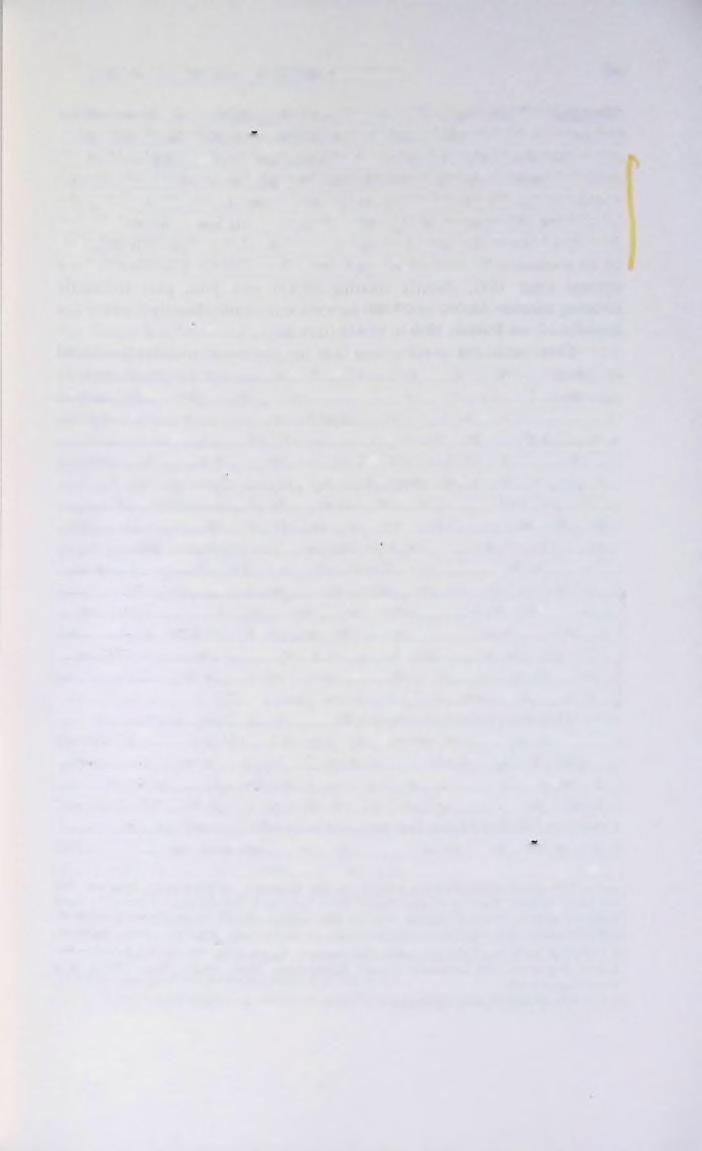
4 minute read
Economic Development
In the elections of 1968, the Popular Party (Particlo Popular), which was associated with Munoz Marin and the Free Associated State, split into two. As a result, Luis Ferre, candidate of the New Party, an offshoot of the Statehood Party, won the election for Governor. Ferre is committed to eventual statehood for Puerto Rico. This appears to be creating a realignment of political loyalties on the Island. Some political observers believe it will polarize the population more sharply into two groups— those who seek statehood and those who seek independence.
ECONOMIC DEVELOPMENT3
Puerto Rico’s economy has, until recent years, been primarily agricultural. Ginger, coffee, sugar, molasses, and hides were the early products. During the nineteenth century, sugar began to take predominance and, under United States rule, developed quickly into almost a monoculture. Coffee played a significant role in the Puerto Rican economy until the destruction of coffee trees in a 1928 hurricane. In the last decade of Spanish rule, 57,000 tons of sugar a year were produced. The rate had increased to 200,000 tons per year five years after American rule, and by 1930 it had risen to 900,000 tons per year.1 It remained at this figure, or about one million tons, until the 1950’s. The preeminence of sugar had two important consequences. First, it was a cash crop, and the cash income was used to purchase the staple foods which residents of the Island had to import. Puerto Rico still does not have a subsistence economy, which has left lite Island dependent on economic fluctuations in international markets. Second, a sugar economy requires large amounts of labor for five or six months of the year, leaving the labor force with little or no employment for the other six months.
The economy of Puerto Rico has only recently begun to diminish the chronic poverty and destitution of its people. In 1929 the per capita income of the Island was S 122 (at 1949 prices), one-fifth of what it was in the United States. It rose to $218 by 1939 (at 1954 prices) and to S706 in 1963-1964 (at 1954 prices).5
Beginning in 1948, under the leadership of Luis Munoz Marin, Puerto Rico inaugurated a program of economic development called

•TVictor S. Clark et al., Puerto Rico and its Problems (Washington, D.C.: The Brookings Institution, 1930), is the best economic survey of the prc-1930 period. Harvey Perlon", Puerto Rico's Economic Future (Chicago: University of Chicago Press, 1950), updates the Clark report. •tPcrloff, op. cit., p. 28. tiFacts and Figures, 196-1-65 (New York: Office of the Commonwealth of Puerto Rico, 322 W. 45th Street, New York, 10036), p. 10.
sonality of a of income ai... the older emphasis

Operation Bootstrap.”11 The objective of the program was to introduce in ustry to the Island, locate it where there were pockets of unemployment, and thus help to raise the economic level of the people. Methods used to attract industry were: (1) building plants which the industries cou occupy, (2) providing tax relief for ten years, and (3) training the labor force. Th---------
te success ' of~ ■ Operation Bootstrap has been v' unusual. Puerto Rico has become the ...z most impressive example of the rapid developmentof an ecc ' " underdeveloped area. Over 1,066 new factories have opened ■ since 1947, ■’ idirectly creating 68,410 new jobs, plus indirectly incrp n° i'?01 66,666 t0 70,000 in service or trade. Family income has increased from §660 in 1940 to §3,818 in 1966.’ soriai i in^ustr*a> development has not occurred without profound a„:r" > .tUral COnscT‘ences. The Island has lost its predominantly stvle of i t J;'aiacter. with the traditional Spanish plaza and colonial asnrnr e't UCatiOn is Aminating illiteracy; the automobile has given 96 847 inmaom?nern character to ^land life (automobiles increased from dioonina l° 2851516 in >963-1964), and the service station, nanrlino C^nter’ suPermarket, housing project, superhighway, and extures ad ' 316 marks of modern society. Television, motion piceconomvhrtlSIhg’ 'nslallment buying, and all the institutions of a modern As a result 'ri ecome a major part of the life of the Puerto Rican people, been dee 1 'h traditional culture and values of the Puerto Ricans have cess adva $ guc11 9ual>ties as competitiveness for economic sucement measured in terms of economic achievement, the impermoney economy, and a tendency to evaluate men in terms ir>( gain rather than personal qualities have begun to shake

comic <|ev |'a! manT Puerto Ricans second ihouglds about ilie ocois rapidlv I °d'nent' They recognize that a humanistic traditional culture istic com f replaced by a culture that appears to them as materialevident a e itlVe’ ar|d commercial. As a result, a deep reaction has become Governor” xP- *mPact °> die economic development. When he was ern comm • ’J?°Z ^larln saw die need to counterbalance the rise of modeicia values with a reassertion of traditional values. He called
yet been written C^m8rc>lens,*vc history of the Economic Development Program has together with sneci p0^ °f *I1C Pllcrl° Rico industrial Development Company, used Jaffee, People la 5tudies, are the best sources of information about it. A. J. a technical analysis °fDevelopment (New York: The Free Press, 1959), is Labor Mieratim, a ° ccononllc development up to 1959. Stanley L. Friedlander, more recent study 'con°ntic Growth (Cambridge, Mass.: M.J.T. Press, 1965), is a ‘Fads and Figures, op. cit., p. 9.



